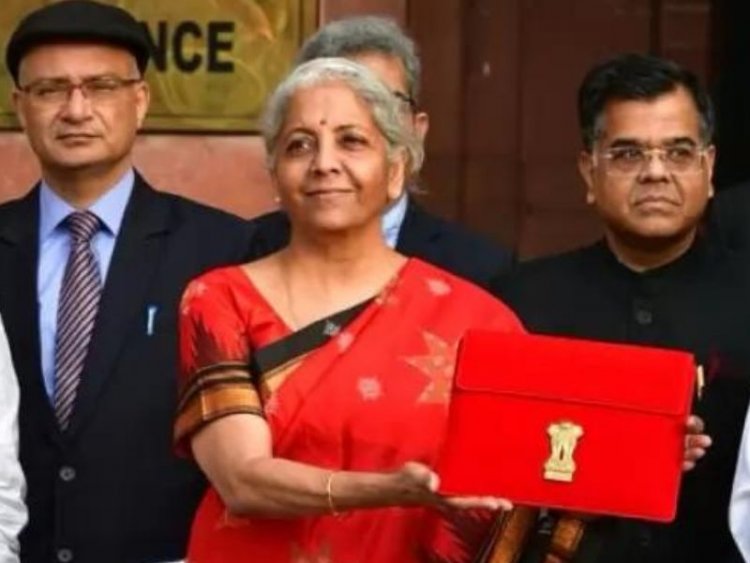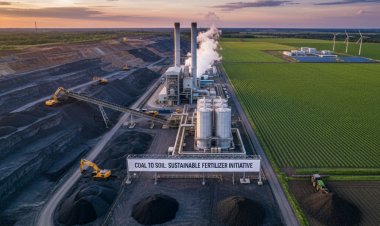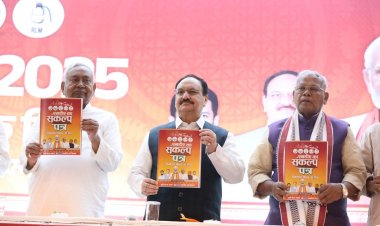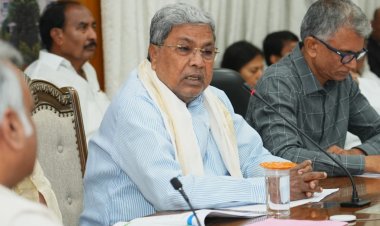Why Sitharaman missed opportunity of putting economy on inclusive growth path in Budget 2023-24
Past evidence shows that when farm incomes have increased on account of a shift in the terms of trade in favour of agriculture, non-farm sectors have seen a rise in the demand for their products and services. In other words, non-farm sectors can directly benefit from a prosperous agriculture. Thus, when additional investment in agriculture offers such economy-wide benefits, the budget proposals for 2023-24 may have missed an opportunity of putting the Indian economy firmly on a sustainable and inclusive development path

The five Union Budgets that Ms Nirmala Sitharaman has presented has one remarkable feature in common, namely, the consistently high levels of capital expenditure. Capital expenditure of the Central government and grants-in-aid for creation of capital assets provided in the Union Budget of 2019-20 was just below Rs 5.5 lakh crores, and in the budget for 2023-24, the Finance Minister has allocated Rs. 13.7 lakh crore. This implies that in real terms, the Finance Minister has doubled her allocations on capital spending over five years.
From 2019-20 and until the current fiscal year, capital expenditure in every Union Budget has expanded by at least 26%, which includes 2020-21, the year of the pandemic-induced crisis. In the 2023-24, the Finance Minister has proposed an even higher increase in capital expenditure of 30% over the revised estimates for 2022-23, and or an increase from 3.8% of GDP to 4.5% of GDP in 2023-24. It is interesting to note that during the tenure of this government, revenue expenditure would have increased at an average annual rate of just 4.4%, with the spending on the revenue account during the next fiscal year proposed to increase by a mere 1.2%.
The Finance Minister has provided the rationale for committing increasing the share of resources to capital spending in her Budget speeches. In her recent budget speech she said that “investments in infrastructure and productive capacity have a large multiplier impact on growth and employment” and that the Budget had taken “the lead once again to ramp up the virtuous cycle of investment and job creation”. This spurt in public investment, argued Ms Sitharaman “is central to the government’s efforts to enhance growth potential and job creation, crowd-in private investments, and provide a cushion against global headwinds”. Explaining the sequence of high capital expenditure since 2019-20 that had continued unabated even the pandemic, the Finance Minister had stated in her Budget speech of 2021 that “it was our effort that in spite of resource crunch we should spend more on capital”.
The nub of the Finance Minister’s argument is that high levels of public investment would crowd-in private investment, in other words, stepping up of investment by the government would result in revival of private investment in a phase that corporates seem to be risk averse. However, this argument may not be universally accepted. The market-friendly would argue that if the government undertakes high levels of capital expenditure by running up undesirable levels of fiscal deficits, private investment could, in fact, be crowded-out, implying that when governments borrow from the market, they would be competing with all others in the economy who wish to borrow. This is argument diametrically opposite to that of the Finance Minister. Moreover, the premise that higher levels of public investment could encourage private investment was not validated by facts - private sector remained largely wary of stepping up their investments. It is only in the recent weeks that there have been some indications of a rise in private sector projects.
The focus of the Finance Minister’s capital spending has been largely on three ministries, namely, Ministry of Road Transport and Highways, Ministry of Railways and on Defence Services. In 2021-22, actual capital spending by these three ministries was over 62% of the total capital spending, which was increased substantially in the current fiscal to nearly 71% as reflected in the revised estimates for the year. For the next financial year, the Finance Minister has reduced the share of capital expenditure allocated to these three ministries to 66% of the total. One interesting facet of Central government’s capital expenditure during the current fiscal year is that the revised estimates for Ministry of Road Transport and Highways, Ministry of Railways is higher than the budgeted amount, in other words, the Central government spent more on these two Ministries than was planned. Perhaps not surprisingly, the revised estimates show that capital spending in several major areas were reduced, as a result.
Consistently high capital expenditure in roads and railways and the systematic neglect of the investment requirements of some of the key sectors, is a trend that the Finance Minister could have avoided. One sector in which the case for public investment is particularly strong is agriculture. This is because private investment has shown little interest in investing in the sector and in ways that the farming communities can benefit from.
Public investment in agriculture is vitally important for improving the condition of the crisis-stricken agricultural communities. Over the decades, agriculture has been receiving a progressively smaller share in the country’s total investment. In 2000-01, about 10% of India’s total investments went to agriculture, and after consistently declining since then, in 2018-19, this sector received just 6% of the total investment. It is completely unfathomable why successive governments have been systematically depriving agriculture of funds critical for improving on-farm efficiencies that can increase incomes of the farming communities. Instead, agriculture has been made perennially dependent on subsidies and doles in order to prevent a complete collapse of the sector. But as the levels of subsidies have risen, so have the voices of several members of the World Trade Organization who have been arguing that India provides agricultural subsidies far in excess of that it is legally allowed to.
It is a no-brainer that adequate levels of investments in agriculture can provide substantial positive spin-offs through two channels benefitting the economy as a whole. First, the employment and income generating capacity of agriculture is immense, given that almost 60% of the working force continues to be directly or indirectly engaged in this sector. Secondly, higher agricultural incomes stimulated by higher investment can boost demand in the economy like no other sector can, which can set the country onto a virtuous development path. Past evidence shows that when farm incomes have increased on account of a shift in the terms of trade in favour of agriculture, non-farm sectors have seen a rise in the demand for their products and services. In other words, non-farm sectors can directly benefit from a prosperous agriculture. Thus, when additional investment in agriculture offers such economy-wide benefits, the budget proposals for 2023-24 may have missed an opportunity of putting the Indian economy firmly on a sustainable and inclusive development path.
(Dr Biswajit Dhar is a Professor at the Centre for Economic Studies and Planning, School of Social Sciences, Jawaharlal Nehru University. The views expressed here are his own.)



 Join the RuralVoice whatsapp group
Join the RuralVoice whatsapp group









































